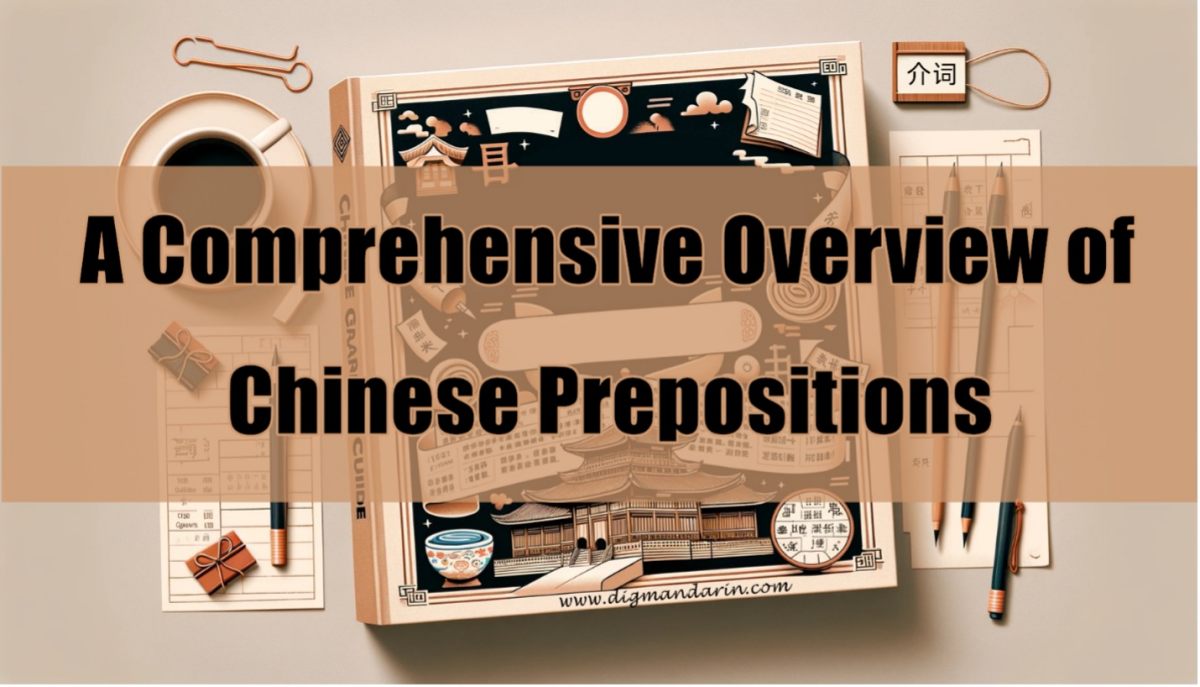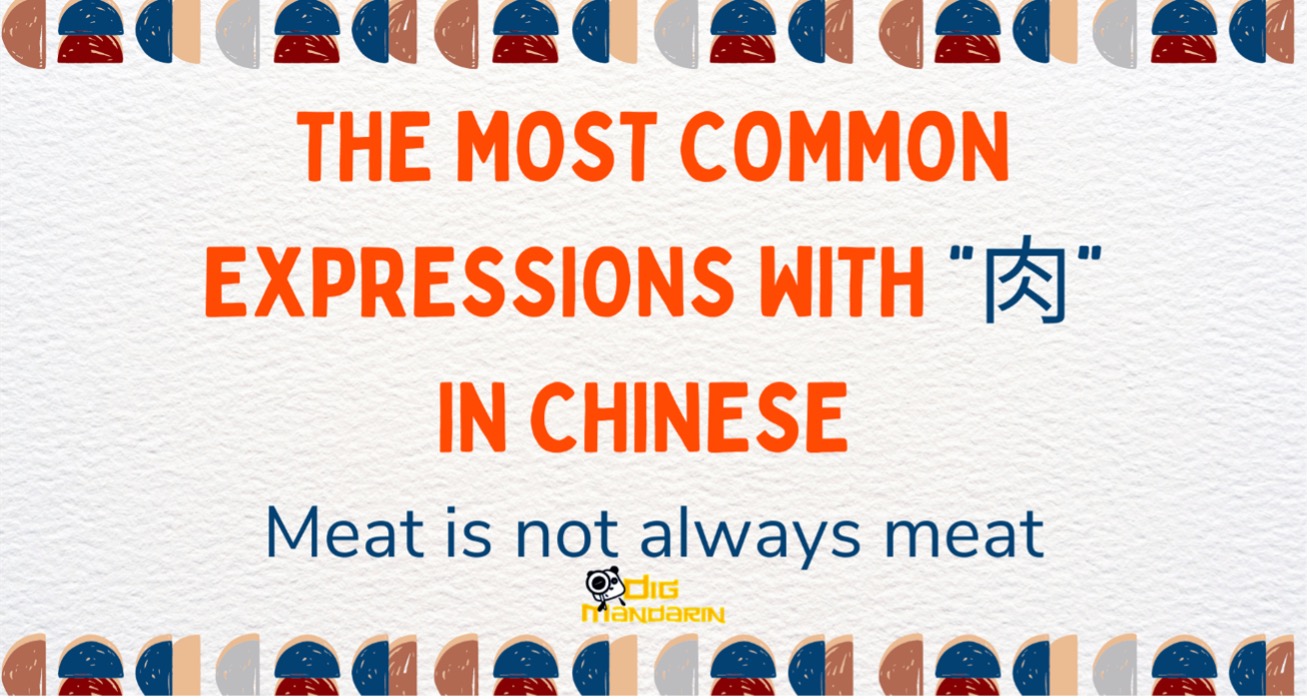How to Master Tones without Using Tone Marks
I’ve been learning Chinese for over 10 years and one thing I’ve seen countless students struggle with is the tones.
Why is it that so many Chinese language students struggle with this aspect of the language?
Well, without a doubt, tones are a very foreign concept to learners who come from non-tonal native languages. When you’re learning a tonal language as a second language, tonal languages certainly require a level of discipline when speaking the language that you don’t experience when learning many other languages.
However, that being said, I personally think a big culprit is the tone marks. To me, the fact that so many students struggle with the tones indicates to me that there might be a problem with the tone marks. So, when I started teaching Chinese, I ditched the tone marks and started working on my own approach.
I personally never liked the tone marks for several reasons:
- The names (first tone, second tone, etc) are not intuitive. If you look at the name “first tone,” you have no idea what that means.
- Most Chinese language learners come from languages that read left to right. Yes, pinyin is also read left to right, but you also have to refer to the tone marks while you’re reading, which creates a sort of dissonance in your head.
- Finally, one thing many beginners don’t realize is that mā, má, mǎ, mà are actually four different words, not just one sound you’re changing with tone marks.
So, let me tell you about the approach that I’ve developed: tone scales.

As you can see, a tone scale looks like a musical scale with three ranges: high, normal and low. I should emphasize that these ranges are within the normal range of your voice.
Let me introduce how I show the different tones with the tone scale system:
First tone mǎ (I refer to the first tone as the “high” tone with my students)

Second tone má (I refer to the second tone as the “rising” tone with my students)

Third tone mǎ (I refer to the third tone as the “low” tone with my students)

Third tone sandhi (as in when there are two “third” tones in a row)

Fourth tone mà (I refer to the fourth tone as the “drop” tone with my students)

And finally the neutral tone ma (I refer to the neutral tone as the “tap” tone)

As you can see, the tone scales are very intuitive, and they also give you a visual reference of how you need to manipulate your voice and pitch.
If you want a more in-depth explanation, please check this video:
Here are a few examples so you can get a sense of how the tone scales work with phrases and sentences.
Numbers

yī èr sān sì wǔ lìu qī bā jǐu shí
Long Time No See

hǎo jǐu bú jiàn
Nice to meet you

hěn gāoxìng rènshì nǐ
In my next few articles, I’ll go over each tone in detail and offer some more tips on how to master each tone using the tone scales.
More content by the author:
Chinese pronunciation foundation:
Other experience sharing:
- From Frustration to Fluency: Master Chinese Pronunciation with 6 Techniques
- An exciting new audio-visual way to practice Mandarin tones
- Recommended Chinese Songs for Perfecting Your Accent
- How to Improve Your Mandarin Chinese Pronunciation
- Top Tools to Help You Learn Chinese Pronunciation and Pinyin





Since there are max 3 levels, I wonder if you could use superscript, plain, subscript to do this with regular text styling?
Hi Mark, I’ve never done it that way, but as long as you can visually display the sounds at those 3 different levels, it’s still achieving the same goal. Let me know if you’re able to figure it out!
Makes all the sense Jamie! If mandarin is called a tonal language is easier to relate the speaking side to music concepts. Your scale approach makes easier in my mind to grasp the concept. I wonder if timing/tempo could be an unexplored side among others.